Human Skeleton
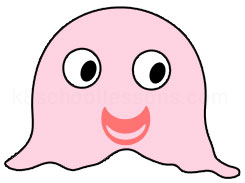
Have you ever thought that you would look like a huge blob of jelly without your skeleton?

Human Skeleton for Kids
What does our skeleton do?
Our skeleton helps us in many ways as follows;
- Our skeleton provides shape and support to the body.
- It protects the internal organs such as the brain, the heart, and the lungs and keep them in their proper place.
- It helps us to move as our muscles are attached to our bones.
- Bones in the skeleton help producing blood cells.
The Human Skeleton
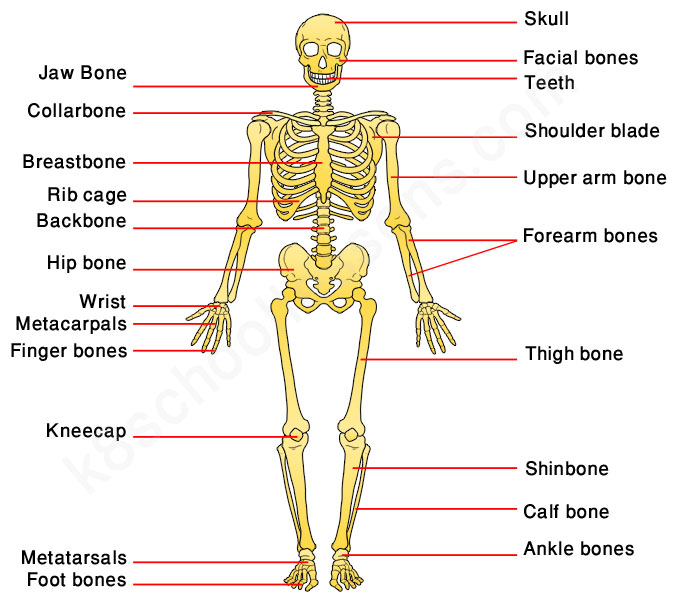
The Human Skeleton
The Skull
The skull includes the jaw boneand the facial bones. It also has a cavity, called the cranium to protect the brain.
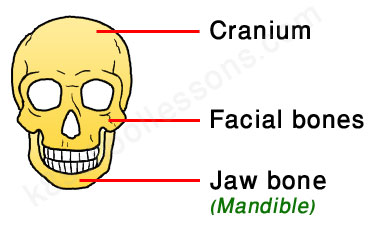
The Skull
The Breastbone
The breastbone is a long flat bone. It is located in the centre of the chest. It connects to the ribs with cartilage.
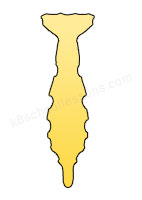
The Breastbone
The Rib Cage
The rib cage is formed by the backbone, breastbone, ribs and cartilages. It protects the heart and lungs.
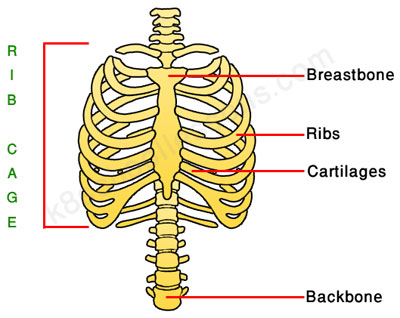
The Rib Cage
The Backbone
The backbone is also known as the spine or vertebral column. It is made up of 33 irregular bones, called vertebrae.

The Spine
The Collarbone
The collarbone is a long bone that acts as a rod between the shoulder blade and the breastbone to link them. Collarbone is the only long bone in our body that lies horizontally.

The right and the left collarbones
The Shoulder Blade
The shoulder blade connects the upper arm bone with the collarbone.

The right and the left shoulder blades
The Upper Arm bone
The upper arm bone is a long bone in the upper arm. It runs from the shoulder to the elbow.
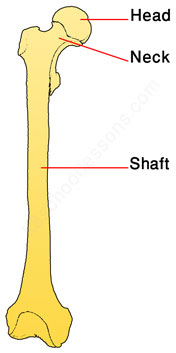
The right upper arm bone
The Forearm Bones
The forearm bones run parallel to each other. One is the Radius and the other is the Ulna. They connect the elbow with the wrist.
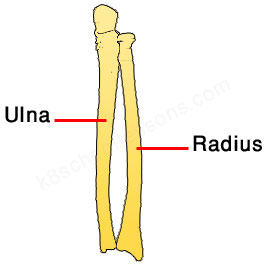
The left forearm bones
Wrist and Finger Bones
Bones in the human hand are divided into three groups. They are;
- Wrist bones
- Metacarpals
- Finger bones
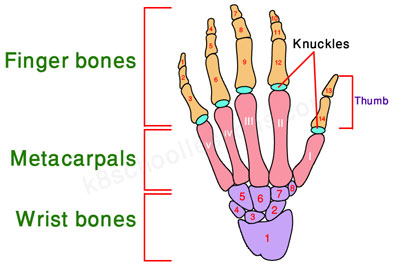
Bone structure of the left hand
The Hip Bone
This is a symmetrical bone that looks like a basin. It protects the digestive and reproductive organs and the rectum. The thigh bone connects to the hip bone.
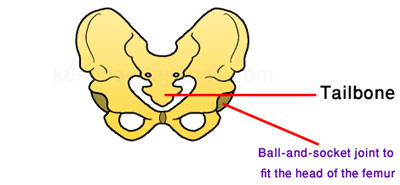
The hip bone
The Thigh Bone
The thigh bone is also known as the femur. Thigh bone is the longest and the best bone in the human skeletal system. It extends from the hip to the knee.
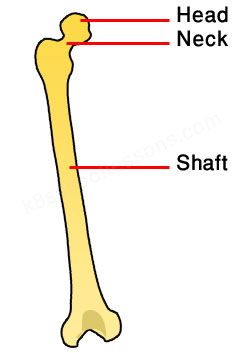
The right thigh bone
The Kneecap
The kneecap is a circular-triangular bone. It connects to the thigh bone.
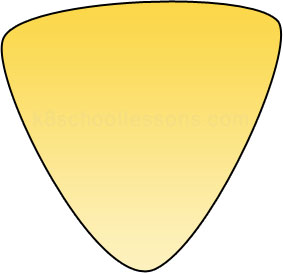
The kneecap
The Shinbone and the Calf Bone
These are the two long bones in the leg below the knee. The shinbone, also known as the tibia, is the ber and the larger of the two bones. It connects the knee with the ankle bones. The calf bone, also known as the fibula, is the smaller of the two bones and the thinnest of all the long bones.
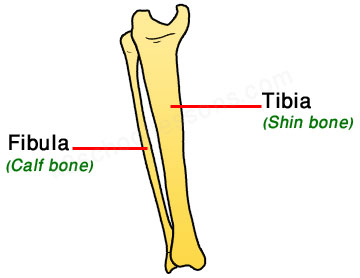
Right shinbone and calf bone
Ankle and Foot Bones
Bones in the human foot are divided into three groups. They are;
- Ankle bones
- Metatarsals
- Foot bones
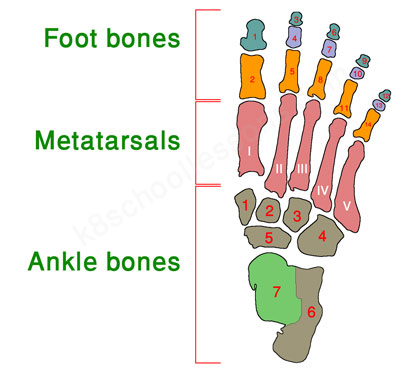
Bone structure of the right foot